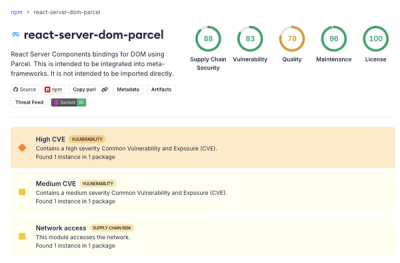Tokenizer
This is a Typescript implementation of byte pair encoding(BPE) tokenizer for OpenAI LLMs, it's based on open sourced rust implementation in the OpenAI tiktoken. It's valuable to run prompt tokenization in Nodejs or web browser before feeding prompt into a LLM.
How to use
The npm package @microsoft/tiktokenizer is published in NPMJS Packages Registry.
Install the npm package in your project:
npm install @microsoft/tiktokenizer
Example Typescript code to use @microsoft/tiktokenizer in your code:
import {
createByModelName
} from '@microsoft/tiktokenizer';
const IM_START = "<|im_start|>";
const IM_END = "<|im_end|>";
const specialTokens: ReadonlyMap<string, number> = new Map([
[IM_START, 100264],
[IM_END, 100265],
]);
const str = "<|im_start|>Hello World<|im_end|>";
let tokenizer = null;
const createTokenizer = async () => {
tokenizer = await createByModelName("gpt-3.5-turbo", specialTokens);
var out1 = tokenizer.encode(str, Array.from(specialTokens.keys()));
console.log(out1);
var out2 = tokenizer.encodeTrimSuffix(str, 3, Array.from(specialTokens.keys()));
console.log(out2.tokenIds);
console.log(out2.text);
var out3 = tokenizer.encodeTrimPrefix(str, 3, Array.from(specialTokens.keys()));
console.log(out3.tokenIds);
console.log(out3.text);
}
createTokenizer();
In production setting, you should pre-download the BPE rank file and call createTokenizer API to avoid downloading the BPE rank file on the fly.
You can find the model to encoder and encoder to BPE rank file link mapping in: tokenizerBuilder.ts.
Contributing
We welcome contributions. Please follow this guideline.
Trademarks
This project may contain trademarks or logos for projects, products, or services. Authorized use of Microsoft
trademarks or logos is subject to and must follow
Microsoft's Trademark & Brand Guidelines.
Use of Microsoft trademarks or logos in modified versions of this project must not cause confusion or imply Microsoft sponsorship.
Any use of third-party trademarks or logos are subject to those third-party's policies.



